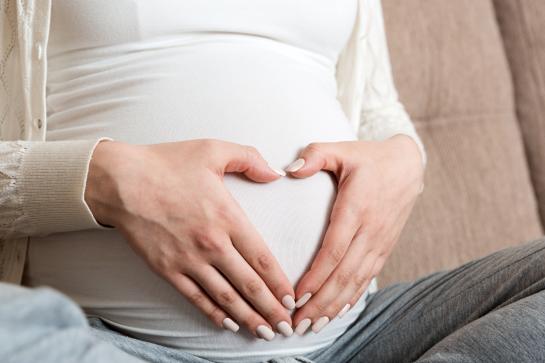
From non-invasive embryo selection to hormone-free IVF, VUB innovations are giving fertility care a human-centred upgrade — improving outcomes, access, and safety for people around the world.
The challenge: IVF can be invasive, uncertain and inaccessible
For millions of people struggling with infertility, IVF offers hope, but also comes with stress, risks, and uncertainty. The standard IVF process requires hormone stimulation, which can be physically taxing and emotionally draining. Even with these efforts, the outcome remains unpredictable: which oocyte will result in a successful pregnancy? And for cancer patients or people freezing eggs for social reasons, the process can be especially difficult or time-sensitive.
The solution: A smarter, more patient-friendly fertility pathway
Two VUB spin-offs, Fertiga and Lavima, are addressing these challenges with breakthrough innovations in reproductive medicine, developed through the Follicle Biology (FOBI) research group at VUB.
Fertiga developed the Aurora Test, a diagnostic tool that uses gene expression analysis of cumulus cells to assess the quality of oocytes. This allows clinicians to identify which oocyte has the highest potential to result in pregnancy without touching the embryo, thereby improving embryo selection in IVF-ICSI and increasing the success rate of social egg freezing. The time needed to achieve pregnancy is reduced, as your best egg is chosen for your first transfer. Therefore, it also reduces costs as fewer transfer cycles are needed.
Lavima Fertility takes a revolutionary step further by eliminating the need for hormone stimulation in IVF altogether. Their CAPA-IVM technology (capacitation in vitro maturation) enables eggs to mature outside the body in a carefully designed biphasic culture system, skipping hormonal treatments while maintaining high developmental potential. This approach not only reduces physical burden but also opens new doors in oncofertility preservation and increased access to care in low-resource settings.
The impact: Redefining how we create life with science and empathy
Fertiga’s Aurora Test has already made a real-world impact by helping to make more informed embryo choices and improve success rates. Application of this technology in IVF practice has shown that the number of pregnancies after the first embryo transfer has doubled (from 29% to 61%) and that live birth rates have increased from 27% to 50% following the transfer of a single embryo on day 3 (summary scientific study at Brussels IVF-UZ Brussel).
At the same time, Lavima’s hormone-free CAPA-IVM technology is reshaping the patient journey, making IVF safer, more natural, and more inclusive. Several thousands of patients have been treated with CAPA-IVM in Asian countries and Australia. Globally, more than 1000 babies have been born after CAPA-IVM cycles.
With growing international partnerships, such as the collaboration between Lavima and IVI RMA Global (Spain) and with Heranova Lifesciences (Hong Kong) for greater China, these technologies are scaling up to reach more patients and providers. And this is just the start: both spin-offs continue to develop new tools that aim to personalise, optimise and humanise fertility care for future generations.
From lab to life, Fertiga and Lavima show how VUB innovation can transform one of the most personal medical journeys into one of hope and progress.
